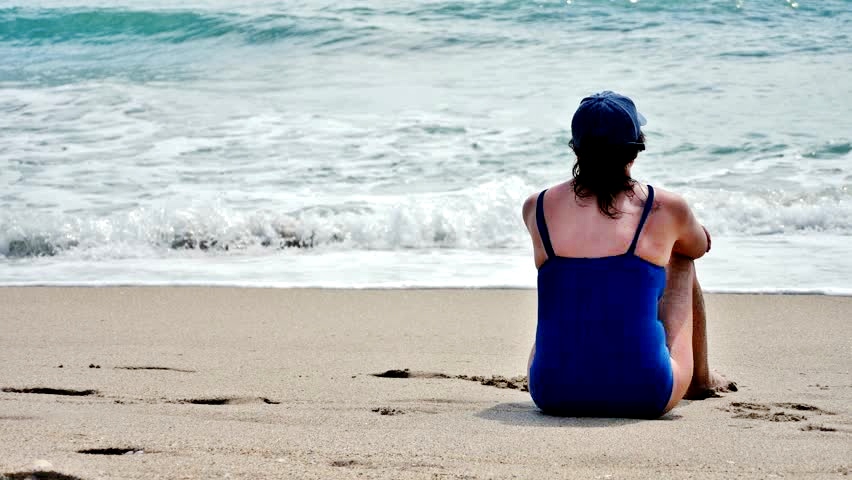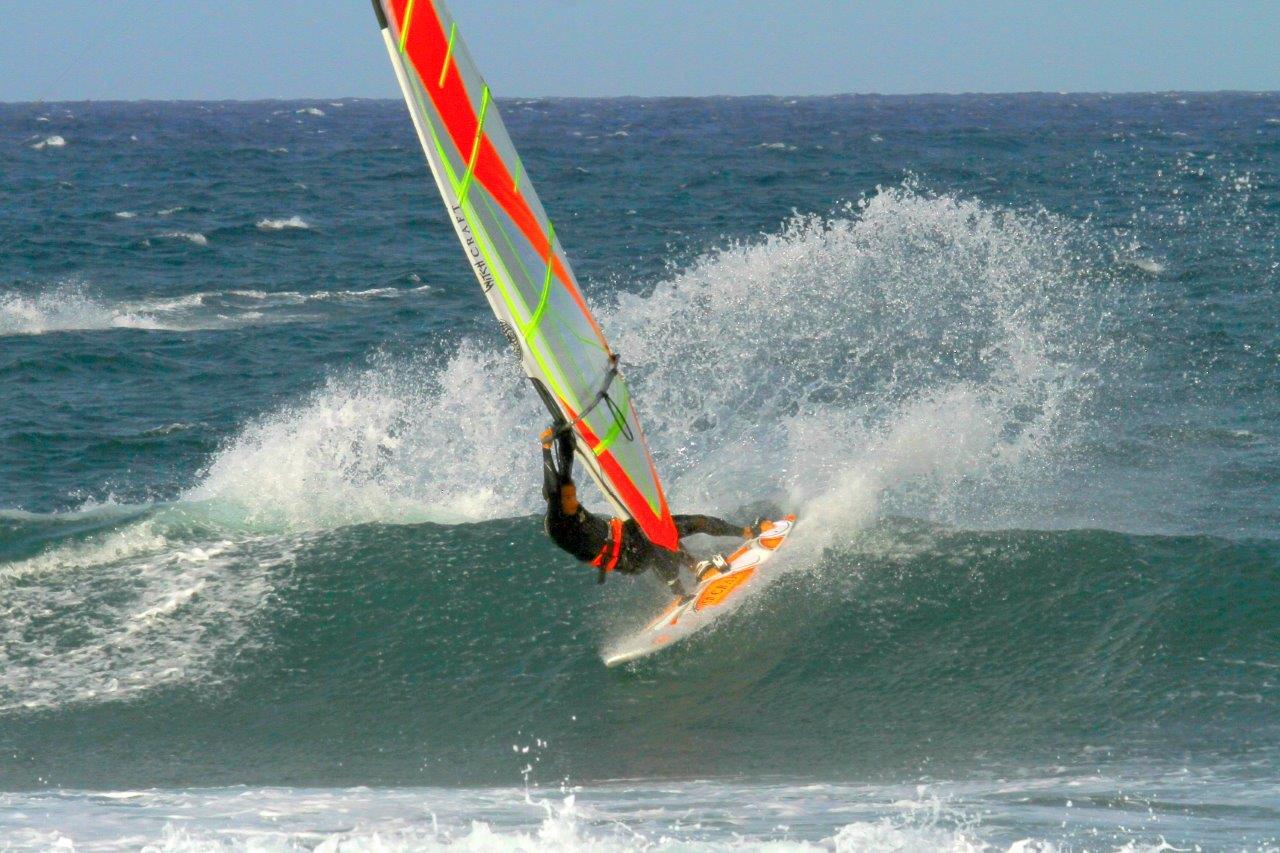In a recent magazine there’s a quote from a respected surfer in relation to one of Ireland’s most fearsome big wave spots: Mullaghmore. Mully, as it’s affectionately known, often makes lists for XXL ride of the year and worst wipeout, among others. A brutal slab of a wave this left hander can dish out beatings and euphoria in equal measure. A hardcore crew of local surfers regular charge Mully whilst an even smaller number of windsurfers tackle the beast with a sail attached to their sled. The quote in question was: ‘I watch more than I surf’ and it’s this mantra that has ensured many riders score the waves of their lives and live to tell the tale. It’s advice all of us water going players should heed wherever your chosen spot can be found.
Whether gnarly, warping point break or mellow beachie there’s plenty to learn by simply observing. Taking note of where rips form, how they affect conditions, where the peak is and how it shifts plus any other nuances will allow you to enjoy more fulfilling sessions and avoid many harsh smack downs.
Of course, if you’ve no experience of tidal waters and ocean environments then you won’t know what you’re looking at or for. In this instance a period of genning up will be needed – after all, knowledge is power so the saying goes.
Learning all you can about how breaks work, the weather and how local factors can influence conditions is worthy. If you’re heading somewhere new, maybe during your annual pilgrimage overseas, then it’s worth asking those who know (locals for instance). There’s nothing worse than rocking up at a new location and doing it all wrong. At the very least you may get washed back in to the beach or worse your situation could turn into one of survival when all you needed to do was ask the question and/or sit and watch.
And it’s not just wave arenas either. Water moves and currents form at whatever stretch of H20 you’re focusing on. Even inland lakes and reservoirs. There’s always something to take note of that can either help or hinder depending on how you put this newfound knowledge into practice.
Have you ever wondered why some sailors seem to always be in prime spot, take the best waves and complete the majority of their moves in the sweetest part of the wave. This isn’t luck or coincidence. It’s time well spent learning all there is to do with the break. Of course a degree of ability and skill plays its part but having prior knowledge is also key.
Next time you head to the beach take note of how the spot changes through tidal cycles. Make mental notes of how different wind and swell angles affect things thereby forming an extensive bank of details in your head that you can use to enhance each and every windsurfing session you have. Furthermore read and learn. There’s a whole raft of data available online that can help with your understanding. And last of all discuss with those already in possession of this knowledge. They can aid your windsurfing education no end.





